The VERY surprising sex secrets of the real-life Bridgerton: Historian reveals the TRUTH about Regency-era romps – from widespread brothels to rampant STIs
Netflix series Bridgerton returned to its X-rated roots this week with the premiere of the second half of season three – in which viewers were treated to a raunchy six-minute romp between actors Nicola Coughlan and Luke Newton.
The sex scene was so brutal that lead actress Nicola, who plays Penelope Featherington, revealed the duo actually broke the chaise lounge they were filming it on.
After promising viewers the “steamiest season yet,” Netflix certainly did its best to top the infamous X-rated romance between Phoebe Dynevor and Regé-Jean Page.
Needless to say, Bridgerton has created quite a salacious and extravagant picture of Regency-era high society – but how close are these scenes of sex and scandal to the historical facts?
Now a historian reveals the truth about sex in the Regency era – as Bridgerton returns to screens with a salacious six-minute sex scene
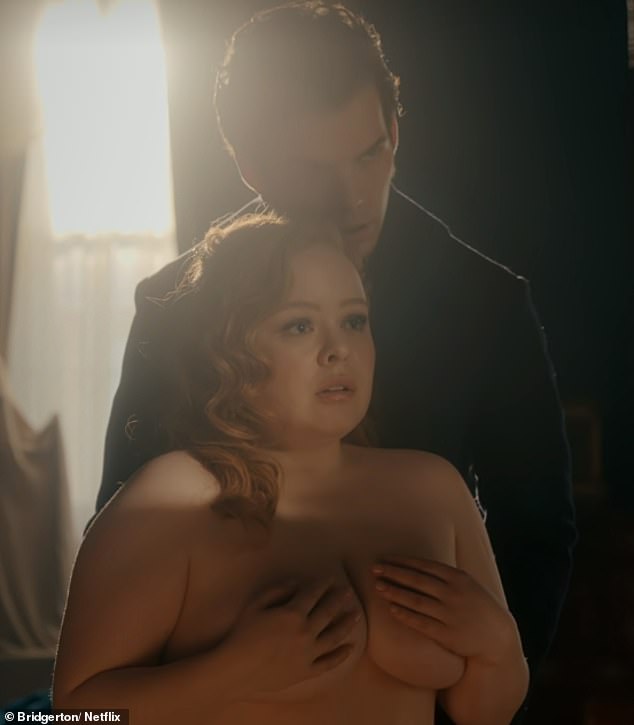
The second half of season three of the hit series premiered on Thursday – complete with an all-nude romp between actors Nicola Coughlan and Luke Newton
TikTok star and historian Esmé Louise James now answers that question by exposing the truth about sex during that period and lifting the lid on everything from birth control to lingerie.
And far from the beautiful Regency style portrayed in Bridgerton, the reality, according to Esmé, was much less aesthetic, although perhaps even more sexually explicit.
She says this time was known for widespread sexual activity, experimentation and even risky romps that led to a rampant increase in sexually transmitted infections, which were often life-threatening.
Here Esmé pulls back the velvet curtain to take a very candid look at Regency-era sex.
People were not ignorant about sex
Although the Featherington sisters may have been shocked to learn that a man had to ‘insert himself’ before a baby could be born, most Regency women would not have been so ignorant about the birds and the bees.

Luke Newton and Nicola Coughlan hold hands on the red carpet this week
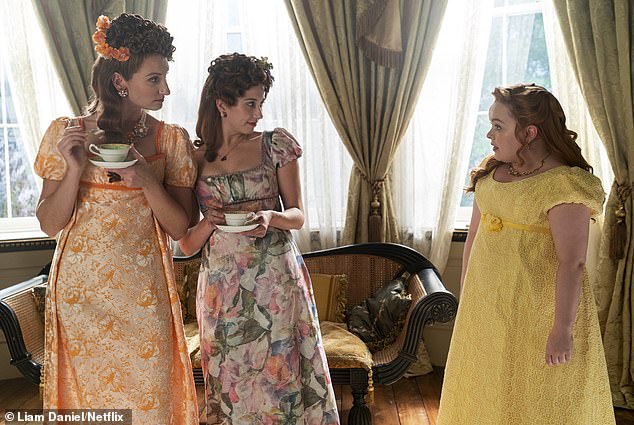
The Featherington sisters appear to be more naive than most Regency women would have been
Publications such as Aristotle’s Masterpiece (originally published in 1684) were incredibly popular and provided the public with a literary form of sex education.
This book offered everything from explicit descriptions of the human reproductive process to advice on sexual positions believed to promote fertility – all with detailed illustrations to match.
Most importantly, the work was also deliberately titillating: it educated the reader while also offering them a socially acceptable way to satisfy sexual desires.
While girls from high-ranking families were often shielded from scandalous conversations to protect their purity, even they were often given visual pornography to prepare them for their wedding night.
They liked dirty novels
Just as we today enjoy reading Julia Quinn’s Bridgerton series, people from that period also enjoyed spicy reads.
Although erotic literature often circulated clandestinely, it was highly productive. Works such as John Cleland’s Fanny Hill (1749) depicted a range of sensual fantasies such as flogging, lesbian love affairs, orgies and more! In fact, some of these novels were so challenging that they were described as books that could only be read with one hand.
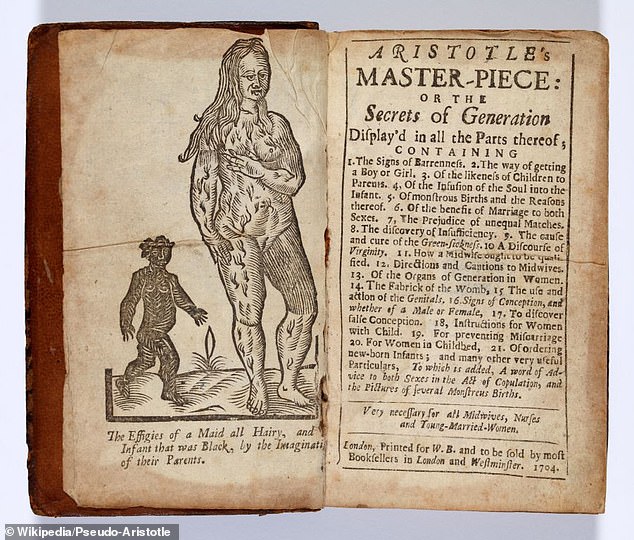
Aristotle’s Masterpiece (originally published in 1684) provided the public with a literary form of sex education
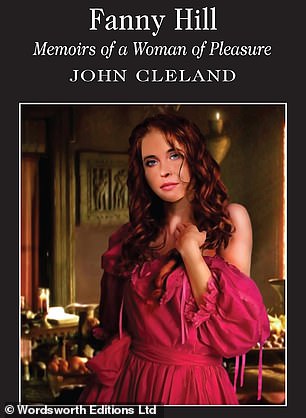
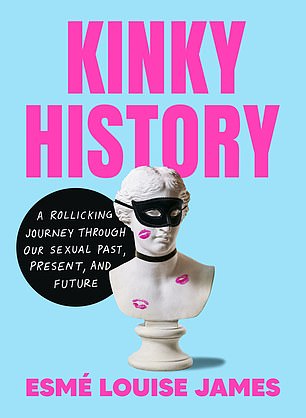
Works such as John Cleland’s Fanny Hill depicted a range of sensual fantasies
Women would not have worn underwear
The most surprising omission in the Regency woman’s wardrobe is the lack of drawers or underpants.
Women were said to roam freely at the ball (which explains why Colin had such easy access during that infamous carriage ride).
The ‘bloomer’ would not be invented until the mid-19th century. Before that time, women wore chemises and petticoats to protect their modesty as well as their outer clothing.
That is not to say that the fashion of the time was completely conservative. On the contrary, fashion played an important role in the sexual dynamics of the Regency period.
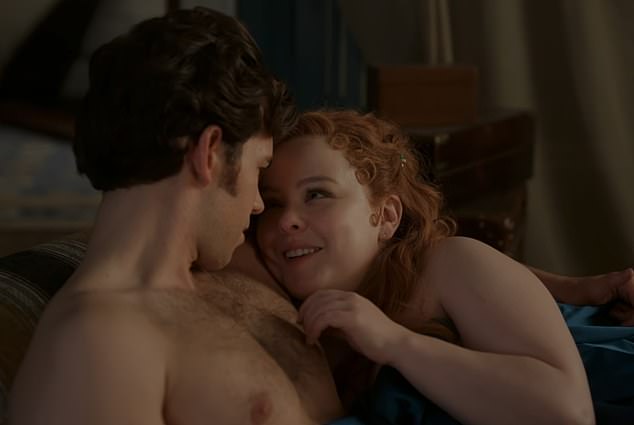
The most surprising omission in the Regency woman’s wardrobe is the lack of drawers or underpants – which explains the carriage scene
The empire waist, popularized by Josephine Bonaparte, emphasized a woman’s bosom and often left little to the imagination. Low necklines and the use of light, often transparent fabrics made the Regency dress a symbol of both innocence and seduction.
Accessories such as scarves, gloves and fans were also used to communicate unspoken desires and flirts.
There were brothels everywhere
Brothels and other forms of sex work were widespread throughout England at this time and were sometimes referred to as ‘the great social evil’.
Brothels that catered to senior members of society were generally run by women in west London, while the bawdy houses of the East End were usually run by men.
According to historian Randolph Trumbach, by the mid-18th century it was estimated that 50 percent of London’s brothels were operated by women.
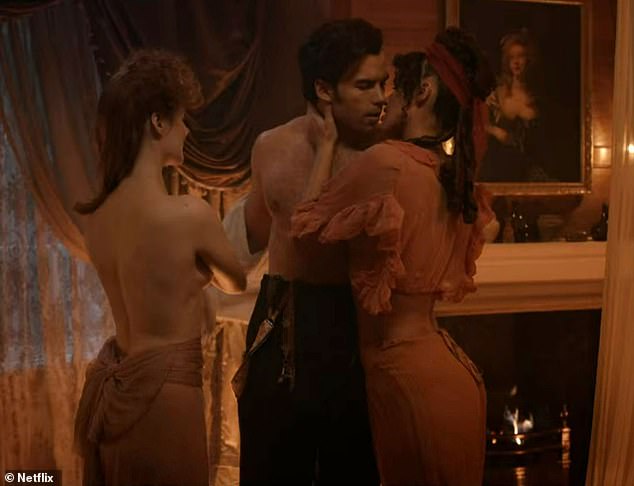
Brothels were common – as depicted in frequent scenes from Bridgerton
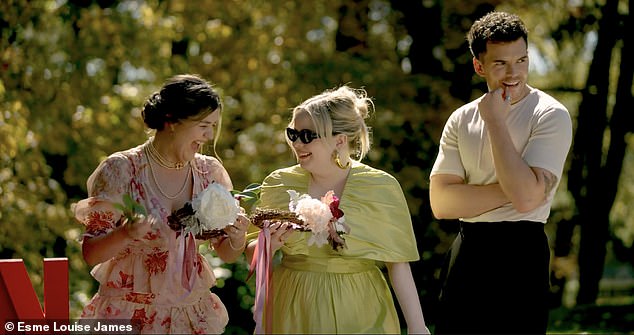
Esme was on the set of Bridgerton discussing her expertise with the cast
Brothel madams were generally considered more tactful when it came to dealing with customers; visiting these establishments was something that Lords (and, in some rare cases, Ladies) would do regularly, yet not something that should be talked about in polite society.
STDs were widespread
As might be expected, the popularity of these institutions and the spread of syphilis were not entirely unrelated.
Sexually transmitted infections were widespread in London during this period. Historians Simon Szreter and Kevin Siena estimate that 1 in 5 Londoners would have had syphilis by the age of 35 – and the number who contracted gonorrhea or chlamydia was much higher.
Until the early 20th century, no effective cure had been found for syphilis, meaning that if you fell within the unlucky 20 percent, there was generally no hope of recovery.
With no effective treatment available for smallpox, those affected were often prescribed mercury as treatment (which, thanks to the privilege of science, we know is as harmful as untreated syphilis – if not more so).
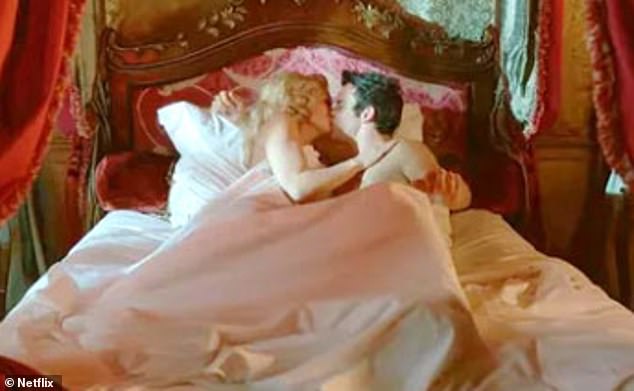
The popularity of brothels and the spread of syphilis were not entirely unrelated
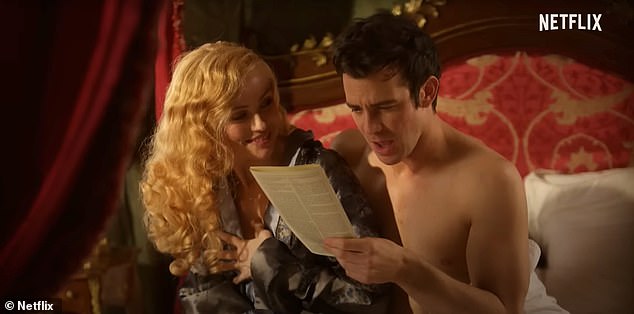
‘Condoms designed for men’ were made ‘of sheep or goat intestine, pickled, perfumed and eight inches long
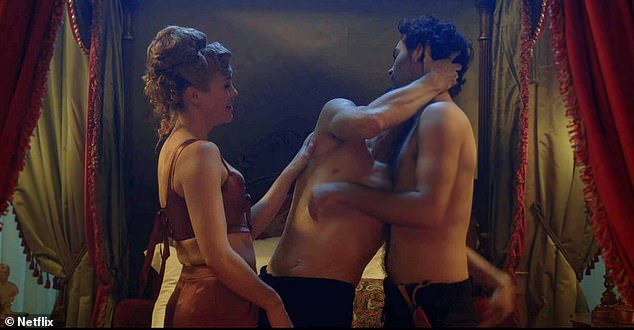
Brothels and other forms of sex work were prolific throughout England at this time and were sometimes referred to as ‘the great social evil’.
This led to the popular saying, “A night with Venus, and a life with mercury.”
Even then it was preached that prevention is better than cure.
Birth control
Not only was there a cure for STDs, but also preventive methods were lacking.
Although condoms existed, they were not nearly as widely accessible, encouraged, or effective as they are in many countries today.
One of the main owners of condoms within Regency London (particularly for sex workers) was Mrs Phillips, who had a shop in Covent Garden.
These “condoms designed for men” were (I encourage you to hold your stomach) made “of sheep or goat intestine, pickled, perfumed, eight inches long, delicately formed on glass molds by the hands of the proprietress.”
While it was certainly better than nothing, the material these condoms were made from made them prone to breaking (and certainly not the sexiest addition to anyone’s debauchery).
Condoms made from these ingredients had become quite widely available by the 18th century, being sold in bars and pharmacies, theaters and market shops. However, they were only readily available to the middle and upper classes.
What particularly stood out to Ms. Phillips is that she focused primarily on female sex workers, serving a market that no one else was taking into account.
Kinky history: A compelling journey through our sexual past, present and futureby Esmé Louise James is published by TarcherPigee
